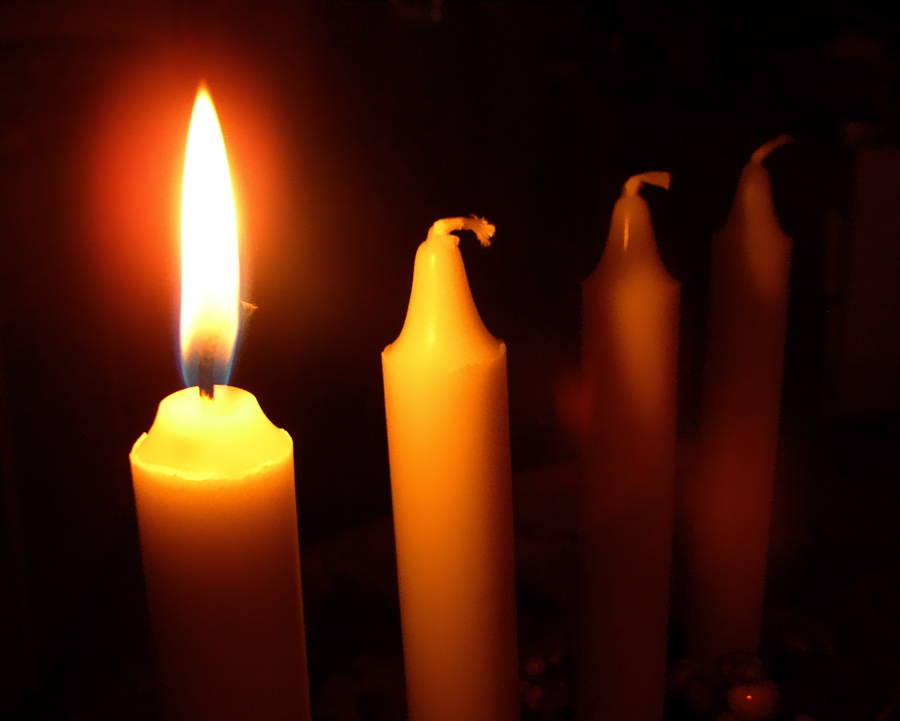We are on Trustpilot
We are rated Excellent, read what our customers are saying


It may be the darkest of times outside but today on Sunday November 27 we light the first candle and celebrate First Advent and the days are getting a bit lighter (at least inside). On Advent Sundays we like to have a bit of fika and get cosy with near and dear ones and every Sunday leading up to Christmas we will light a new candle until we've lit all four.
So why do we celebrate Advent on the Sundays before Christmas?
Advent is a Latin word meaning arrival. It comes from the expression "adventus Domini" which translates into “The coming of the Lord”. In the New Testament, this is the term used for the Second Coming of Christ. Thus, the season of Advent in the Christian calendar anticipates the "coming of Christ" from three different perspectives: the physical nativity in Bethlehem, the reception of Christ in the heart of the believer, and the eschatological Second Coming. For those who are not so Christian, it may instead be time for the “glöggpremiär” (premiere of mulled wine) or to put up the Christmas decorations. If you've managed to stay away from Julmust (the Christmas soda) it's definitely time for the first sip today. From today and onwards it’s acceptable to drink one bottle per day ;) Many people also bake lussekatter (lucy buns) for First Advent.

When did we start to celebrate Advent?
Advent has origins that stretch all the way back to the 4th century, when there was hardly any Christmas celebrations. Until the 16th century we celebrated with a fasting period, similar to the one before Easter but since the 19th century we have celebrated much like today, with lit candles and cosiness.
Why do we light candles on Advent?
The light has several meanings. In part, you count down to Christmas, but Advent has always functioned as a way to spread light during the darkest time of the year and Christians also see the light as a premonition of the birth of Jesus.
The star of Advent - what does it mean?
The star is said to symbolize the star that was lit over Bethlehem in connection with the birth of Jesus. The first known advent stars were made in Germany in the 1840s. When a paper dealer around the year 1900 had an advent star made that could be easily packaged and reused, the stars became increasingly popular and began to spread across Germany. It was not until 1934 that a paper dealer in Lund began importing German advent stars to Sweden. The first Swedish evidence for the word advent star is from that very year.
And what about the Adventsljusstake?
This is another tradition brought to Sweden from Germany. This time via the Christmas tree. Tradition says that the tree should have 28 candles, of which seven candles, one for each day of the week, were lit each Advent Sunday. The custom spread widely in the country, and from this tradition a custom developed, partly with a candlestick with seven candles, one for each day of the week, and one with four candles, one for each Sunday in Advent.
Nowadays the Advent stars and the advent candles (real and electric) light up our cold and dark Decembers and make the countdown to Christmas much more wonderful.
